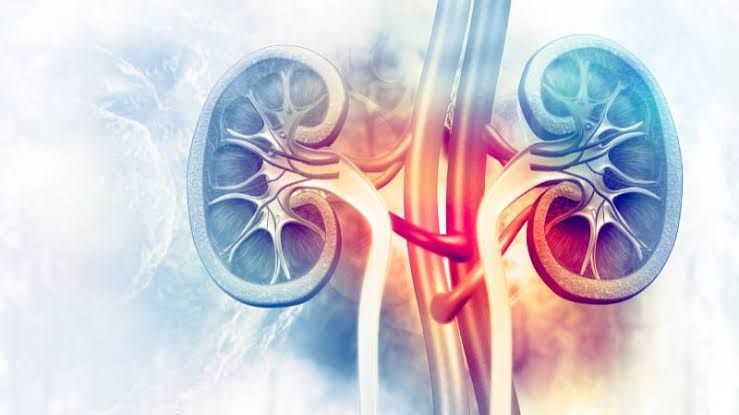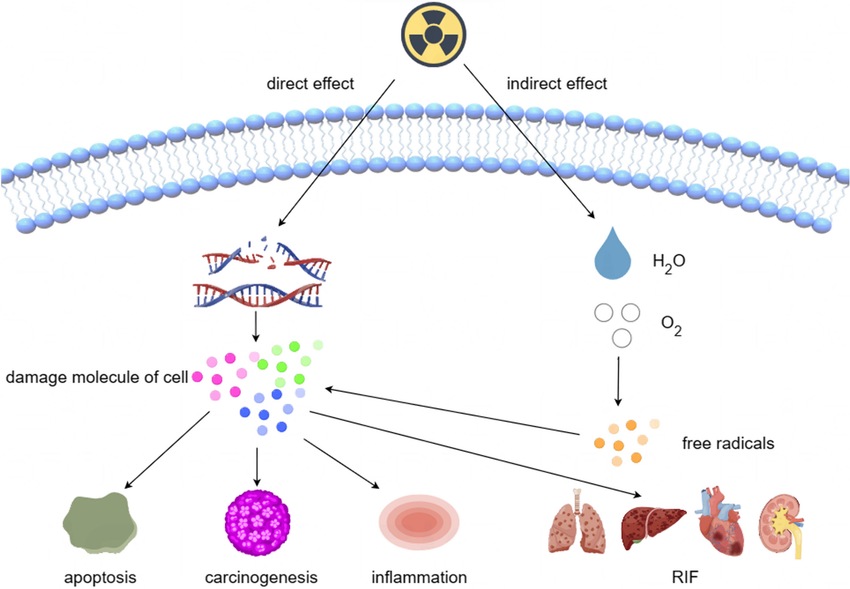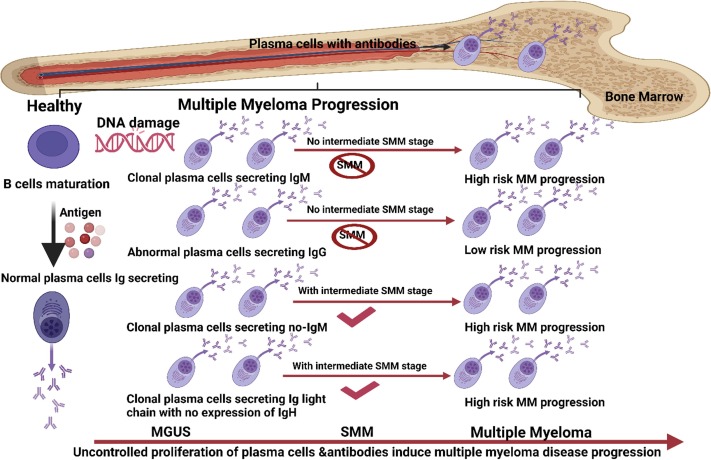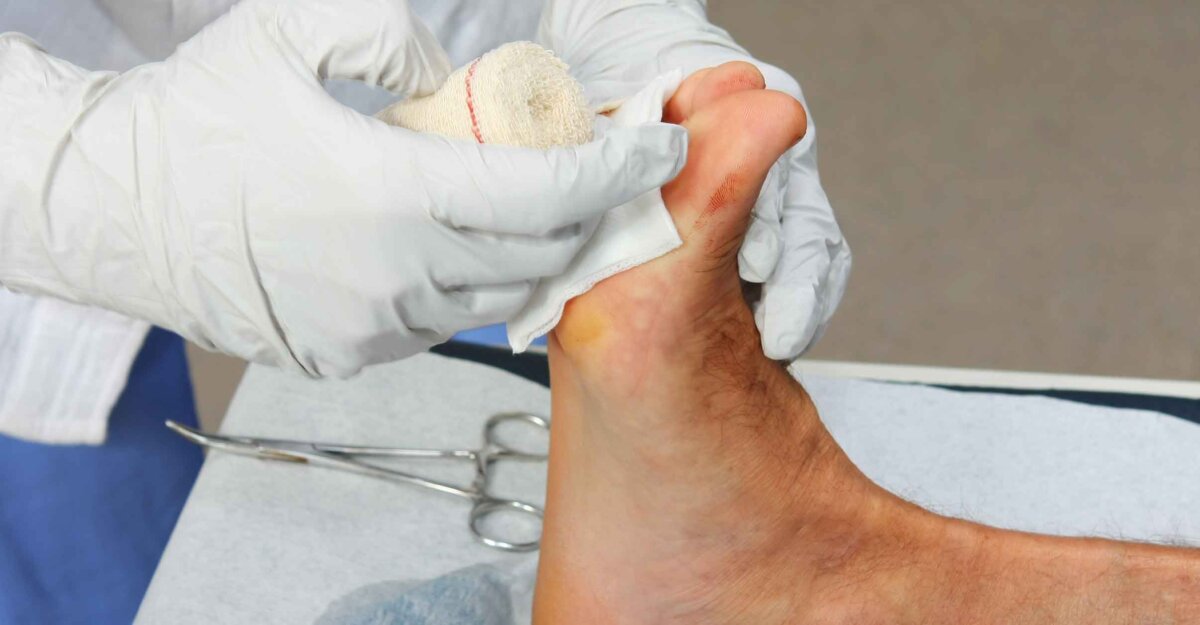
Features and General Morphology of Tubulointerstitial Nephritis
Tubulointerstitial nephritis (TIN) is characterized by inflammation of the renal interstitium and tubules, which can lead to renal dysfunction. The general morphology of TIN includes:
- Histological Features:
- Infiltration of inflammatory cells, primarily lymphocytes and plasma cells, into the interstitium.
- Tubular damage, which may manifest as tubular atrophy or dilation.
- Presence of eosinophils in certain types of TIN, particularly drug-induced cases.
- Structural Changes:
- Interstitial edema due to inflammation.
- Fibrosis may develop over time if the condition becomes chronic.
- Glomeruli are typically spared in TIN; however, secondary effects on glomerular function can occur due to tubular dysfunction.
- Clinical Presentation:
- Patients may present with acute kidney injury (AKI), often with a gradual onset of symptoms such as malaise, fever, rash, and flank pain.
- Laboratory findings may include elevated serum creatinine levels and abnormal urinalysis showing white blood cells (WBCs), red blood cells (RBCs), and proteinuria.
Pathogenesis, Morphology, and Clinical Features of Drug-Induced Tubulointerstitial Nephritis
Drug-induced tubulointerstitial nephritis (DITIN) is a specific form of TIN that occurs as a reaction to certain medications. The pathogenesis involves several steps:
- Immunological Mechanism:
- DITIN is often mediated by an immune response to drugs or their metabolites. Common offending agents include nonsteroidal anti-inflammatory drugs (NSAIDs), antibiotics (such as penicillins), diuretics, and proton pump inhibitors.
- The mechanism typically involves either a hypersensitivity reaction or direct toxicity leading to inflammation.
- Morphological Changes:
- Histologically, DITIN shows similar features to other forms of TIN but may also exhibit specific characteristics such as:
- Clinical Features:
- Patients usually present with symptoms 7-14 days after exposure to the offending drug. Symptoms can include fever, rash, arthralgia, and renal impairment.
- Laboratory tests typically reveal elevated serum creatinine levels along with eosinophilia in peripheral blood counts.
- Urinalysis may show WBC casts and eosinophils in urine sediment.
- Diagnosis and Management:
- Diagnosis is often based on clinical history correlating drug exposure with renal impairment along with characteristic laboratory findings.
- Management involves discontinuation of the offending medication and supportive care for kidney function recovery.
In summary, drug-induced tubulointerstitial nephritis represents a significant cause of acute kidney injury that necessitates prompt recognition and intervention to prevent long-term renal damage.
Morphology and Clinical Features of Acute and Chronic Pyelonephritis
- Morphology:
- Acute pyelonephritis is characterized by the presence of neutrophilic infiltration in the renal interstitium. The kidneys may appear swollen, and there can be areas of pus formation (abscesses) within the renal parenchyma. The renal pelvis may also show signs of inflammation, with possible necrosis of the papillae.
- Histologically, there are often tubular damage and inflammatory cell infiltration, particularly neutrophils. In severe cases, there may be focal suppurative necrosis leading to abscess formation.
- Clinical Features:
- Patients typically present with sudden onset fever, chills, flank pain (often unilateral), nausea, vomiting, and dysuria.
- Urinalysis usually reveals pyuria (pus in urine), bacteriuria (bacteria in urine), and possibly hematuria (blood in urine).
- Systemic symptoms such as malaise and fatigue are common. Severe cases can lead to sepsis.
Chronic Pyelonephritis:
- Morphology:
- Chronic pyelonephritis is characterized by scarring of the renal cortex and deformity of the renal pelvis and calyces. The kidneys may appear small and irregular due to fibrosis.
- Histological examination shows interstitial fibrosis, tubular atrophy, and chronic inflammatory cell infiltrates (lymphocytes and plasma cells). There may also be dilatation of tubules in some areas.
- Clinical Features:
- Patients may present with less acute symptoms compared to acute pyelonephritis but can experience recurrent urinary tract infections. Symptoms include mild flank pain, hypertension due to renal impairment, and chronic kidney disease.
- Laboratory findings might show persistent proteinuria or hematuria over time.
Morphology and Clinical Features of Obstructive Uropathy
Obstructive Uropathy:
- Morphology:
- Obstructive uropathy leads to hydronephrosis (swelling of a kidney due to a build-up of urine) which can cause dilation of the renal pelvis and calyces. Over time, this can result in atrophy of renal parenchyma if not resolved.
- Histologically, there may be evidence of tubular injury due to increased pressure within the nephron units.
- Clinical Features:
- Symptoms can vary depending on the level and duration of obstruction but often include flank pain or abdominal pain that may radiate to the groin. Other symptoms include urinary retention or changes in urination patterns.
- Patients might also experience nausea or vomiting if there is significant kidney involvement or infection secondary to obstruction.
Common Sites of Ureteric Obstruction:
- Ureteropelvic Junction (UPJ): This is where the ureter meets the renal pelvis; congenital abnormalities here are common causes.
- Crossing over iliac vessels: As ureters cross over iliac arteries or veins, they can become compressed.
- Ureterovesical Junction (UVJ): This is where the ureter connects to the bladder; strictures or tumors can cause obstruction here.
- Pelvic mass: Tumors or enlarged lymph nodes in the pelvis can compress ureters leading to obstruction.
In summary:
- Acute pyelonephritis presents with acute systemic symptoms along with localized kidney inflammation while chronic pyelonephritis leads to long-term scarring without pronounced acute symptoms.
- Obstructive uropathy results from various anatomical sites being blocked leading to hydronephrosis which has its own set of clinical manifestations.
Pathogenesis, Clinical Features, and Types of Urinary Stones
Urinary stones, also known as urolithiasis, are solid masses formed from crystals that precipitate in the urinary tract. The pathogenesis of urinary stones involves a complex interplay of factors including urine composition, urinary pH, and the presence of inhibitors or promoters of crystallization.
- Pathogenesis:
- Supersaturation: The formation of stones begins with supersaturation of urine with specific solutes such as calcium, oxalate, uric acid, or cystine. When the concentration exceeds the solubility limit, crystals begin to form.
- Nucleation: This is the initial step where small clusters of ions or molecules come together to form a stable crystal nucleus.
- Crystal Growth and Aggregation: Once nucleated, these crystals can grow larger and aggregate with other crystals or debris in the urine.
- Matrix Formation: Organic materials such as proteins can facilitate stone formation by providing a matrix for crystal aggregation.
- Clinical Features:
- Patients may present with severe flank pain (renal colic), hematuria (blood in urine), dysuria (painful urination), and sometimes fever if there is an associated infection.
- Symptoms can vary depending on the location and size of the stone; smaller stones may pass unnoticed while larger stones can obstruct urinary flow leading to hydronephrosis.
- Types of Urinary Stones:
- Calcium Stones: The most common type (70-80%); primarily composed of calcium oxalate or calcium phosphate.
- Struvite Stones: Formed in response to urinary tract infections; composed mainly of magnesium ammonium phosphate.
- Uric Acid Stones: Result from high levels of uric acid in urine; more common in patients with gout or those undergoing chemotherapy.
- Cystine Stones: Rare; occur due to a genetic disorder affecting amino acid transport leading to excess cystine in urine.
Predisposing Factors, Causes, and Pathology of Cystitis
Cystitis is an inflammation of the bladder wall often caused by infection but can also arise from non-infectious causes.
- Predisposing Factors:
- Female gender due to shorter urethra and proximity to rectal flora.
- Sexual activity which can introduce bacteria into the urinary tract.
- Use of certain contraceptives like diaphragms which may alter vaginal flora.
- Catheterization increases risk by introducing pathogens directly into the bladder.
- Causes:
- The most common cause is bacterial infection, particularly by Escherichia coli (E. coli).
- Other organisms include Klebsiella pneumoniae, Proteus mirabilis, and Staphylococcus saprophyticus.
- Non-infectious causes include chemical irritants (e.g., certain medications), radiation therapy, or autoimmune conditions.
- Pathology:
- In acute cystitis, there is infiltration of neutrophils into the bladder wall leading to edema and hyperemia (increased blood flow).
- Chronic cystitis may show lymphocytic infiltration and fibrosis within the bladder wall.
- In some cases, chronic irritation can lead to interstitial cystitis characterized by pelvic pain and frequent urination without evidence of infection.
In summary, understanding both urinary stones and cystitis involves recognizing their multifactorial nature involving biochemical processes for stones and infectious/non-infectious etiologies for cystitis.







